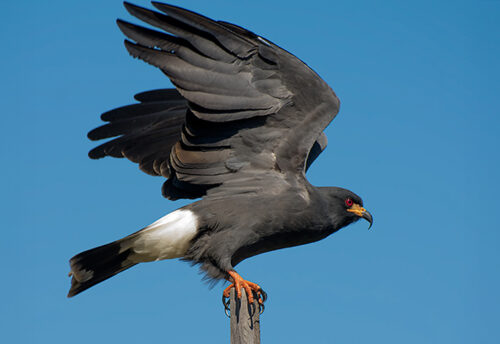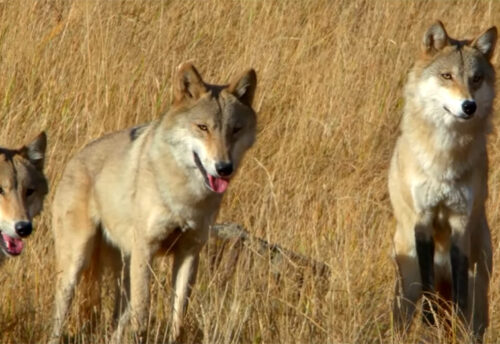
Partaking in daily social grooming, the duiker will spend a fair amount of time grooming their mate. They are native to Sub-Saharan Africa. They’re found in heavily wooded areas. Duikers are known for their extreme shyness, freezing at the slightest sign of a threat and diving into the nearest bush. Their IUCN status varies based on the species.
First the Stats…
Scientific name: Cephalophinae
Weight: Up to 55 lbs.
Height: Up to 20 inches
Lifespan: Up to 12 years
Now on to the Facts!
1.) Being omnivores (eat both plants and animals) the duiker partakes in a wide variety of food. They feast upon fallen fruit, leaves, flowers, and it has even been noted that they’ll eat insects, lizards, and rodents on rare occasions.
2.) Only males have horns. They are very short.
3.) Mating courtship involves a long and noisy chase throughout their territory before actually mating.
4.) The female will give birth to 1 young usually after a gestation (pregnancy) of around 6 months.
5.) Duikers are crepuscular (active at dawn and dusk).
But wait, there’s more on the duiker!
6.) The duiker avoids predation by lying motionless, then darting away at the last second. They run and dive in a zigzag pattern and use their horns and sharp black hooves as a defense.
7.) Males and females share territories but typically only come together to mate.
Did you know…?
A calf can run within hours of being born!
8.) The duiker gets its name from the Afrikaans word ‘to dive’ which refers to their ability to duck and dive into bushes when approached by a predator.
9.) The main predators of duikers are leopards, lions, eagles, and humans.
10.) The baby depends on mom’s milk for the first 3 months of its life. Then is weaned and begins eating what its parents eat.
Now a Short Duiker Video!
Also, check out the Critter Science YouTube channel. Videos added frequently!
Want to suggest a critter for me to write about? Let me know here.



